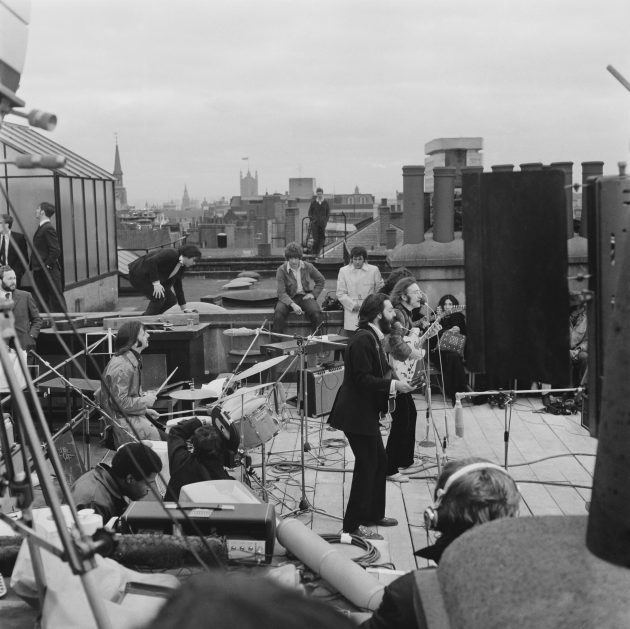Return of fans to sport will encourage brands to lift the handbrake on big campaigns

When The Beatles walked off-stage at Candlestick Park, San Francisco in August 1966 it would be another two and a half years until they played live.
When they walked out onto the roof of Apple Records HQ on Savile Row a small matter of 885 days later, they launched straight into a brand-new track: Get Back.
Sport fans haven’t had to wait quite as long to see their heroes in the flesh again. But to suggest they are eager to get back into their team’s stadium is something of an understatement.
Attending live sporting events has ranked consistently near the top of people’s lists of things they most miss during coronavirus restrictions and, it seems, a continued absence is only making fans’ hearts grow fonder.
So, the news that a limited number of fans will be allowed back into grounds from next week has been greeted extremely positively, not least in football.
Football Supporters’ Association chair Malcom Clarke called it “a lifeline”, particularly for lower league teams who have felt the pain of lockdowns hardest.
No substitute for thousands of fans
For Premier League sides, with an average stadium capacity of 42,000, though, the return of a cohort of fans representing just a 10th of that actually presents considerable challenges.
How, for example, can Tottenham Hotspurs’ ticket office determine which of its 40,000 season ticket holders will be prioritised now that, with London placed in Tier 2 measures, 2,000 can return?
On the whole, though, this is extremely positive news and, with vaccines on the horizon, must be viewed as a process of unlocking that is only going to head in one direction, as indeed it must for the commercial sustainability of live sport.
This is incredibly important, not only for the survival of football teams further down the pyramid but for all sports that rely on income from live spectators given that broadcast revenue will be nowhere near that of the Premier League.
Even beyond ticketing, a considerable amount of commercial value derives from fans attending games, from doing what has always been taken for granted.
If this year’s restrictions have taught us one thing, it’s that pumping crowd noise into empty grounds is no substitute for the atmosphere generated by tens of thousands of fans at Wembley and Twickenham for England internationals or Headingley on a Saturday of an Ashes test.
That atmosphere, in turn, becomes one of the key selling points to broadcasters. It is also a fundamental part of the attraction for sponsors.
At the heart of why sponsorship works
Yes, they can still put their logos on the advertising hoardings that line the pitches in empty grounds. But the ability to engage with fans on a matchday is a major benefit that has been absent from their marketing arsenal for months.
Some sponsors have been able to mitigate this by taking a more digital route. Others, in the case of Coca-Cola in football and NatWest in cricket, have tried to make the fan experience at home as close to a real matchday as possible.
But there’s nothing quite like being able to reach an audience when it is engaged in the activity it loves most and this is at the heart of why sponsorship works.

For all that 2020 seems destined to be something of a lost year for live sport, an unlocking of stadia around the world will coincide with the deferred staging of both Euro 2020 and the Tokyo 2020 Olympics.
With it looking increasingly likely that hundreds of thousands of fans will flock to those mega-events, major brands will be releasing the handbrake on campaigns they had ready to go this year.
So, while letting a few thousand lucky supporters into Tottenham’s stadium may seem piecemeal right now, it certainly feels like the beginning of far larger numbers of fans getting back to where they once belonged.
And that is surely something worth shouting from the rooftops.
Neil Hopkins is global head of strategy at M&C Saatchi Sport and Entertainment.